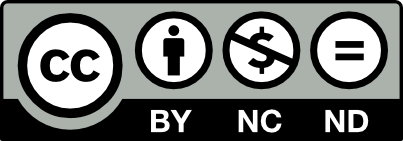Recent advances and trends in roll bonding process and bonding model: A review
Artykuł przeglądowy (review)
MNiSW
70
Lista 2023
| Status: | |
| Autorzy: | Li Zixuan, Rezaei Shahed, Wang Tao, Han Jianchao, Shu Xuedao, Pater Zbigniew, Huang Qingxue |
| Dyscypliny: | |
| Aby zobaczyć szczegóły należy się zalogować. | |
| Rok wydania: | 2023 |
| Wersja dokumentu: | Drukowana | Elektroniczna |
| Język: | angielski |
| Numer czasopisma: | 4 |
| Wolumen/Tom: | 36 |
| Strony: | 36 - 74 |
| Web of Science® Times Cited: | 11 |
| Scopus® Cytowania: | 11 |
| Bazy: | Web of Science | Scopus |
| Efekt badań statutowych | NIE |
| Finansowanie: | This study is financially supported by the National Key R&D Program of China (No.: 2018YFA0707300), National Natural Science Foundation of China (No.: 51905372), Major Program of National Natural Science Foundation of China (No.: U1710254), Fundamental Research Program of Shanxi Province (No.: 20210302124115). Special thanks are due to Dr. Chris Valentin Nielsen from Technical University of Denmark for reviewing and language assistance. |
| Materiał konferencyjny: | NIE |
| Publikacja OA: | TAK |
| Licencja: | |
| Sposób udostępnienia: | Witryna wydawcy |
| Wersja tekstu: | Ostateczna wersja opublikowana |
| Czas opublikowania: | W momencie opublikowania |
| Data opublikowania w OA: | 14 lipca 2022 |
| Abstrakty: | angielski |
| This review presents a thorough survey of the roll bonding process with a focus on the bimetallic bars/tubes as well as the bonding models and criteria. The review aims to provide insight into cold, hot and cryogenic bonding mechanisms at the micro and atomic scale and act as a guide for researchers working on roll bonding, other joining processes and bonding simulation. Meanwhile, the shortcomings of roll bonding processes are presented from the aspect of formable shapes, while bonding models are shown from the aspect of calculation time, convergence, interface behavior of dissimilar materials as well as hot bonding status prediction. Two well-accepted numerical methodologies of bonding models, namely the contact algorithm and cohesive zone model (CZM) of bonding models and in simulations of the bonding process are highlighted. Particularly, recent advances and trends in the application of the combination of mechanical interlocking and metallurgical bonding, special energy fields, gradient structure, novel materials, green technology and soft computing method in the roll bonding process are also discussed. The challenges for advancing and prospects of the roll bonding process and bonding model are presented in an attempt to shed some light on the future research direction. |

